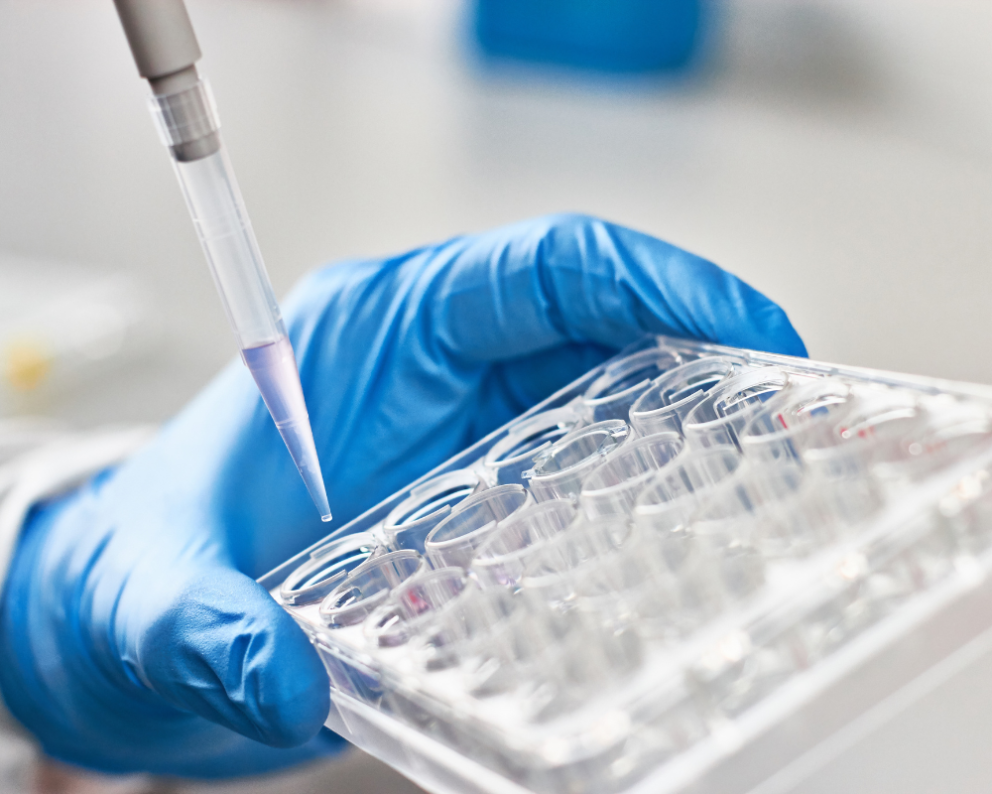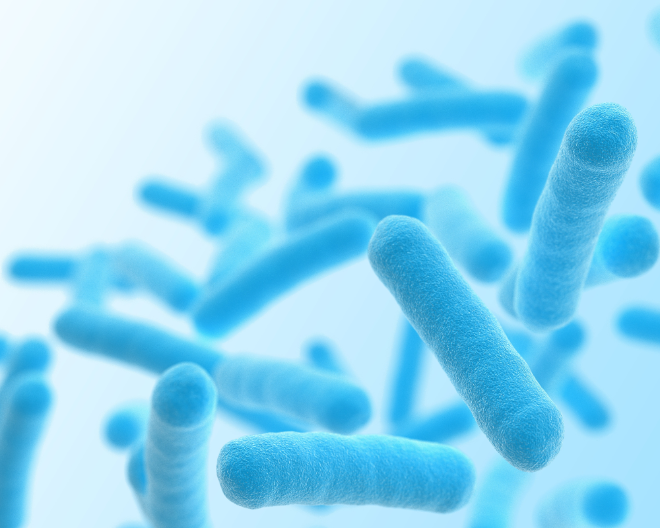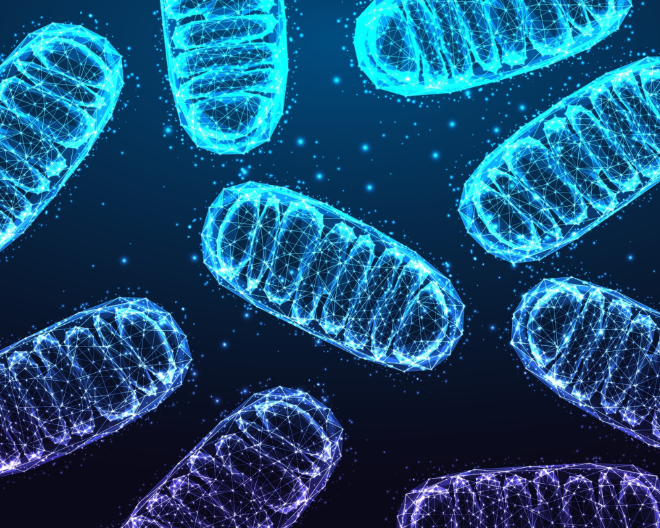
Thanks to advanced sequencing technologies, it has been possible to describe and differentiate the effects of chemotherapy on diseased cells
The results of a scientific study, just published in Nature Communications, uncover in depth the heterogeneous effects of chemotherapy on cells from patients with acute myeloid leukemia (AML). The authors are a team of doctors and researchers from the San Raffaele Hospital, SR-Tiget and Vita-Salute San Raffaele University; the research, carried out thanks to the support of the AIRC Foundation for Cancer Research, made use of innovative RNA sequencing techniques and new bioinformatics approaches.
The first author of the study is Matteo Naldini, a second-year resident of the UniSR School of Medical Oncology, former PhD student at the UniSR International PhD Course in Molecular Medicine and before that a medical student at our university.
By analysing in detail patients’ tumor cells and animal models during the first administration of chemotherapy, they discovered a rare population of leukemia stem cells, already present at the time of diagnosis, which influences the lack of response to therapy.
Subsequently, the team developed a molecular signature, composed of a panel of genes that are useful for characterising these rare leukemia stem cells already at diagnosis, in order to identify them promptly to offer alternative therapies and better personalized treatments.
/original/LMA_cellule staminali_San Raffaele (2).png.png)
Acute myeloid leukemia
It is an aggressive disease that mostly affects people over 60, but it can also occur in children and younger people.
Current treatments can lead to disease remission but a considerable proportion of adult patients relapses after standard treatment.
Recent data suggest that relapse often originates from cells already present at diagnosis, which are difficult to distinguish from the leukemic mass. Furthermore, the cellular mechanisms driving relapse are unknown.
The study
As Matteo Naldini, the first author of the study and researcher at SR-Tiget, explains:
"We started from serial clinical samples (i.e. analyzed at diagnosis, along the course of therapy and at relapse) of 13 patients with AML stored in the Biobank of the San Raffaele Hospital and we analysed them with an innovative technology called single cell RNA sequencing (scRNAseq), which allowed us to investigate the expression levels of thousands of genes for each cell (their transcriptome)".
The development of new bioinformatics approaches enabled to specifically identify transcriptomes associated to leukemia, distinguishing them from normal blood cells, which coexist with residual disease after chemotherapy and cannot be reliably distinguished by standard technologies.
Professor Bernhard Gentner, until recently Group Leader of the Translational Stem Cell and Leukemia Unit at the San Raffaele Telethon Institute for Gene Therapy and now lecturer at the University of Lausanne explains:
“For the first time we have described in great detail the effects of chemotherapy on leukemia cells, which were highly heterogeneous: some died, others proliferated and other fell into a deep state of quiescence".
By applying genetic engineering techniques to laboratory mice, the next step was to identify, in a significant percentage of patient samples, a rare population of leukemia stem cells, already present at the time of diagnosis, which influence the lack of response to therapy.
"Identifying this rare population of cells was like finding a needle in a haystack and would not have been possible with standard techniques that detect only the 'average response' of the entire leukemia population"
concludes Gentner.
/resolutions/res-l1920x10000/LMA_cellule-staminali_San-Raffaele-(1).jpg)
The perspectives
Future perspectives is to systematically include the search for these cells at the time of diagnosis, thus being able to identify patients who may not benefit from classic chemotherapy and immediately offer them an alternative approach based on epigenetic and targeted drugs.
Professor Fabio Ciceri, Director of the Hematology and Bone Marrow Transplantation Unit and Director of the Cancer Center of the IRCCS San Raffaele Hospital, says: "These results provide a new tool to render treatments more precise and targeted, which adds up to the existing molecular markers used to define disease severity and treatment planning”.
Naldini concludes:
“Studying and working at the San Raffaele, especially since the first years of Medicine, has been fundamental for me to grow professionally and personally under various aspects. First, it allowed me to experience high-level scientific research first-hand, conducted under the guidance of internationally renowned mentors, discussed at conferences with colleagues from all over the world, animated by the curiosity to learn and investigate where there are still no answers .
Through the very close collaboration among the hospital, the university and the research laboratories, I had the unique opportunity to approach research with a true translational perspective, from the laboratory bench to the patient's bedside and vice versa. This continuous exchange allows us to learn from research what are the biological mechanisms underlying the diseases we wish to cure but also, through patient care, to refine the most urgent questions that need anwering".
You might be interested in

The microbiome as an ally against myeloma

Intrecci: a UniSR project for more inclusive and accessible cancer diagnosis

A New Approach to Enhance Immunotherapy in Multiple Myeloma
/resolutions/res-c660x528/Pensa_Aorta_Congresso_UniSR-(3).png)
